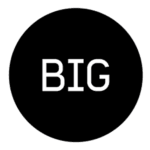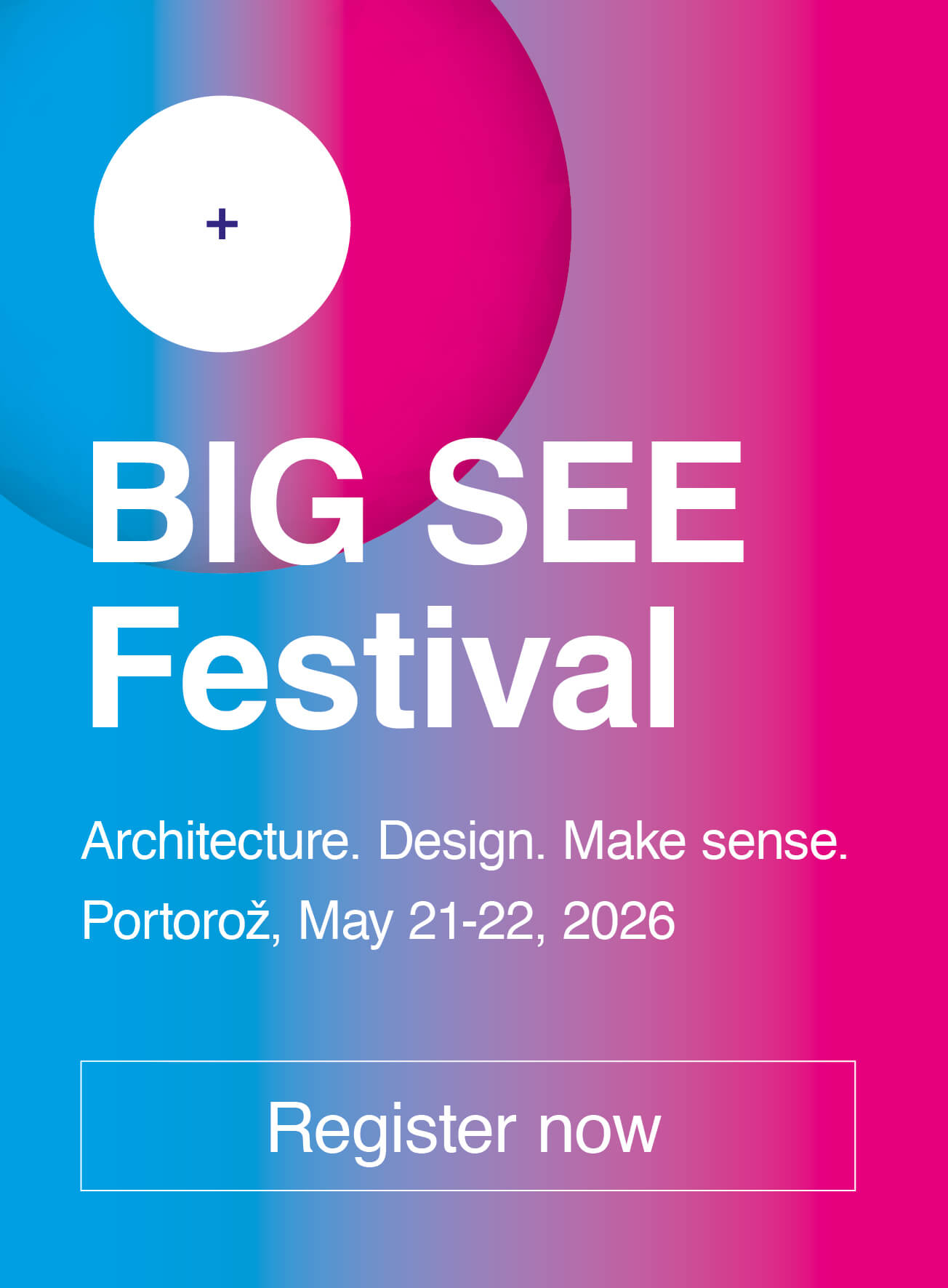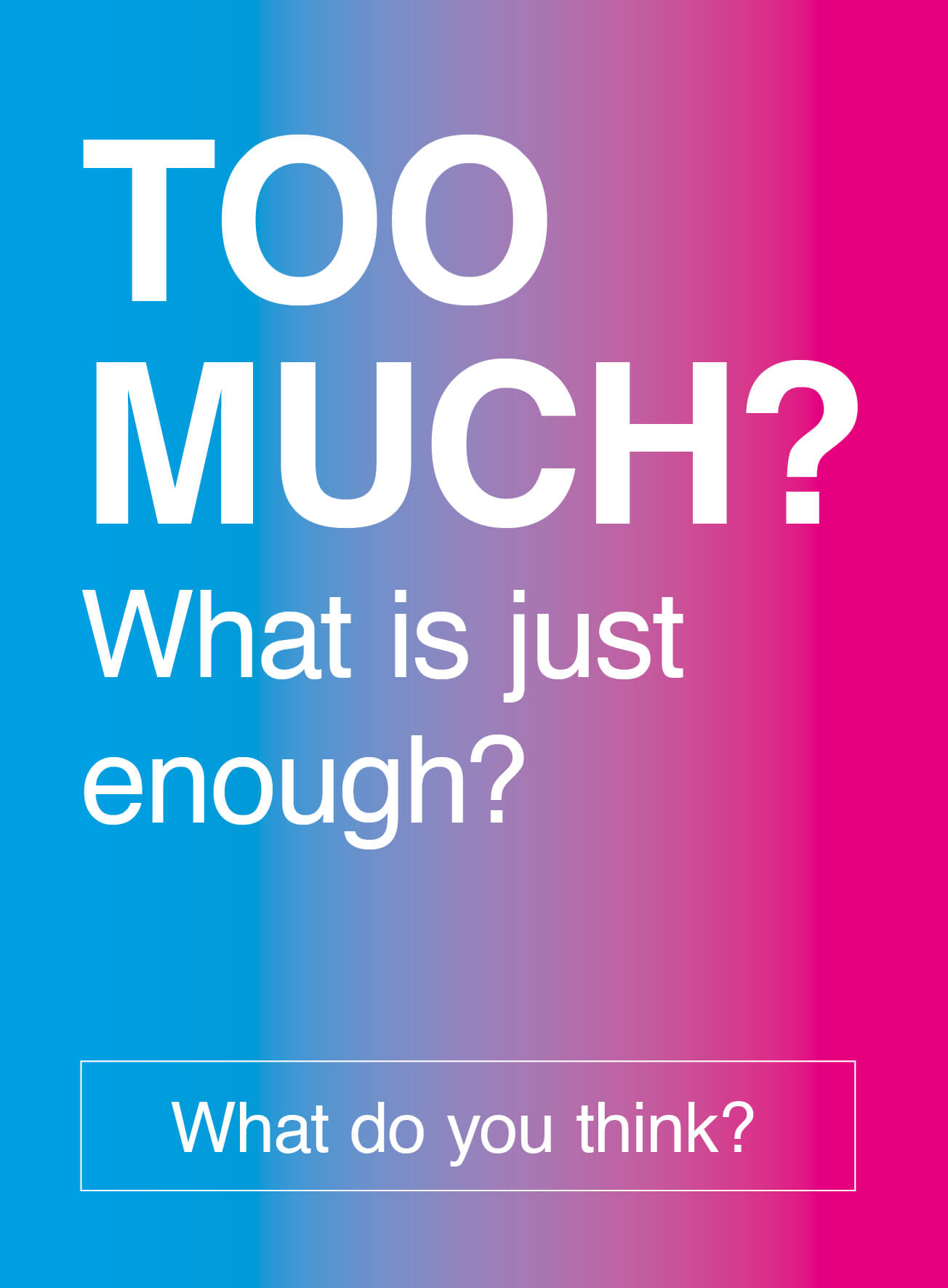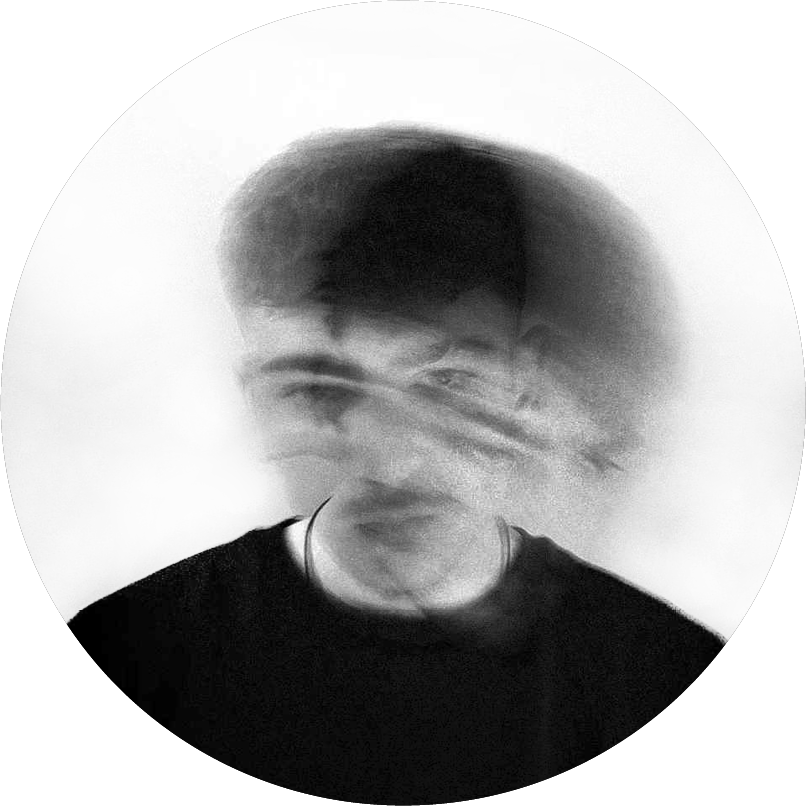
Dimitris Netsikas, Greece
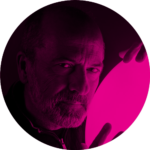
Nominator: Athanasios Babalis
Nominator's statement
I would like to nominate a young designer I greatly admire: Dimitris Netsikas, the founder of the Instagram-based studio Nets Dzn. He is just graduating from AKTO College, where I had the pleasure of being his tutor for the past three years. During this time, I’ve watched his design work evolve with remarkable maturity, clarity, and vision.
Dimitris Netsikas is a passionate and detail-oriented product designer whose strengths lie in critical thinking, sketching, advanced 3D modeling and photo-realistic rendering . His ability to clearly communicate design intent through digital visualization is exceptional, especially at this early stage in his career. His work reflects a strong understanding of form, function, and aesthetics, often pushing technical boundaries to achieve innovative outcomes.
Importantly, his approach is grounded in the principles of circular economy, ergonomics, and material trends — always addressing everyday problems with creativity and purpose. Dimitris Netsikas brings both conceptual depth and technical precision to his projects, and I believe he embodies the type of emerging talent that BIG SEE Perspectives is designed to support.
APAX RT-1: A TITANIUM 3D PRINTED EDC TOOL

This projects has its roots in my personal passion for the world of EDC (Everyday Carry) tools and my many years of involvement with related hobbies (hunting, fishing, hiking, cycling, airsoft, etc.), where various "spur-of-the-moment needs" often arise. From this involvement, the idea for creating a personal brand, named Apax Arms, was born. Apax Arms is a brand that aims to produce innovative tools and accessories, with a modern design approach and a focus on meeting the needs of its target audience (hunters, fishers, outdoor enthusiasts, etc.).
This project is directly connected to this entrepreneurial initiative, as its main objective is the design of the first product by Apax Arms – an innovative, ergonomic, and easy-to-use handheld EDC tool. The APAX RT-1 is an EDC tool designed to meet multiple needs, built around the 6.53 mm hexagonal bit (HEX BIT).

The goal of this product is to offer a high level of customization for each user through a range of compatible accessories based on the HEX BIT. Its key features include an ergonomic shape with a ring for a more secure and stable grip, as well as three hexagonal holes where HEX BITS can be attached. The designed products include the BOTHEX-BIT (bottle opener), the SCALP-BIT (scalpel-compatible HEX BIT), and the APAX RT-1 itself.

On the APAX RT-1, there are a total of six holes – three hexagonal and three round. The round holes have a diameter of 6 mm, allowing a small pin to be inserted to secure the tools and prevent them from being pulled out unintentionally. As for the hexagonal holes, a magnet is placed at their bottom to ensure that a tool cannot fall out when attached to the APAX RT-1.
OAKLEY SWIM GOGGLES DESIGN

This project explores the creation of a complementary concept design product for Oakley, a brand widely recognized for its high-performance sunglasses and sports eyewear. The design challenge was to develop a product that expands Oakley’s portfolio while staying true to its brand identity, aesthetic language, and commitment to innovation. The outcome is the Oakley Swim Goggles, a pair of performance-oriented goggles designed to deliver superior comfort, hydrodynamics, and visual clarity for both professional and recreational swimmers.
Oakley’s design language is synonymous with sleek, dynamic lines, ergonomic solutions, and premium materials. These values were carried into the swim goggle design to create a product that feels unmistakably “Oakley.” The goggles feature a streamlined silhouette that minimizes drag in the water, combined with a low-profile lens housing for a snug yet comfortable fit. The frame is designed with soft, skin-friendly silicone for an effective seal that prevents water leakage without leaving excessive pressure marks on the face.

A key design consideration was Oakley’s reputation for cutting-edge optics. The goggles incorporate high-performance lenses with anti-fog and UV protection coatings, ensuring clear vision under varying light conditions, whether in an indoor pool or open water. Mirrored lens options were considered to match Oakley’s iconic sunglasses aesthetic, appealing to athletes who value both functionality and style.
Adjustability was another focus area. The strap system was designed for intuitive, one-handed adjustments, allowing swimmers to fine-tune the fit quickly. The connection points between strap and frame integrate seamlessly into the overall design, enhancing both durability and visual harmony. The Oakley “O” logo is subtly placed on the side of the frame, reinforcing brand identity without being visually intrusive.

The material and color selection also play an important role in conveying Oakley’s DNA. The deep blue frame paired with a matte finish gives the goggles a modern, technical look, while the black strap complements Oakley’s athletic aesthetic. The result is a product that visually resonates with the brand’s existing eyewear line but is tailored to the unique demands of swimming.
This project demonstrates how Oakley can successfully enter a new market category by leveraging its core strengths: ergonomic design, premium materials, and optical innovation. The swim goggles expand the brand’s reach into aquatic sports while reinforcing Oakley’s image as a leader in performance gear. The concept not only complements Oakley’s main product range but also creates opportunities for future developments, such as triathlon-specific models, interchangeable lenses, and collaborations with professional swimmers.
Ultimately, this design seeks to provide swimmers with a product that reflects Oakley’s values of precision, innovation, and performance — transforming a simple pair of swim goggles into a premium, high-performance accessory that embodies the spirit of the brand.
MOUNTVERRA: MOSS PASTA

This project was developed within the context of a packaging design subject, where the challenge was to create a food product that embodies innovation, sustainability, and strong brand identity. The result is Mountverra, a conceptual pasta brand that introduces moss as its primary ingredient, rethinking both what pasta can be and how it can be presented.
The core concept behind Mountverra is rooted in nature. The pasta is imagined as a vegan, organic, and eco-friendly alternative to conventional products, designed specifically for consumers who appreciate sustainable living, plant-based nutrition, and environmentally responsible choices. Moss, an unconventional yet nutrient-rich ingredient, symbolizes resilience and natural balance, making it an ideal starting point for this design exercise.
The pasta itself was designed to reflect its natural inspiration. By shaping each piece in the form of leaves, the product directly communicates its organic origins and connection to the forest. This design choice creates a symbolic link between food and environment, while also offering a playful, visually engaging dining experience. The variety of leaf shapes brings diversity to the plate and reinforces the brand’s identity as a nature-inspired product.

The heart of the project lies in the packaging design. Mountverra’s packaging is a paper-based bag - fully recyclable and plastic-free - underscoring the commitment to sustainability. Its unique closure system uses a bendable paper clip, an innovative, minimalistic solution that replaces plastic sealing and adds functionality while maintaining eco-friendliness. The packaging structure is simple yet striking, balancing practicality with aesthetic appeal.
Visually, the packaging employs earthy green tones and natural textures, establishing an immediate association with nature and freshness. The front highlights the product’s key values - vegan, high in plant protein, rich in fiber, and 100% organic - making the benefits clear at first glance. The back of the package expands on the concept with a concise brand story, ingredient transparency, and intuitive cooking instructions. These design elements ensure that the product communicates effectively and remains accessible to a broad target audience.

The logo design - featuring a triangular tent-inspired mark - captures the spirit of adventure, exploration, and outdoor living, resonating with Mountverra’s target audience: people who care about sustainability, nature, and conscious consumption. This identity elevates the pasta from being just a food item to becoming part of a lifestyle narrative, one that celebrates harmony between humans and the planet.
Ultimately, this project illustrates how packaging design can tell a story, embody a concept, and shape consumer perception. Mountverra goes beyond offering a practical container; it conveys values, reflects a commitment to the environment, and creates an experience that unites product, packaging, and philosophy. As a packaging design subject project, it demonstrates the power of thoughtful design choices to transform a simple product into a meaningful brand.
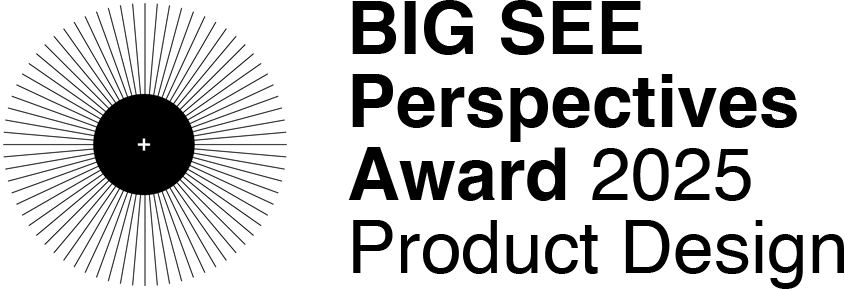
DIMITRIS NETSIKAS
I am Dimitris Netsikas a product designer from Thessaloniki, Greece, and I graduated in 2025 with a bachelor’s degree in Product Design. From an early age, I was fascinated by the act of making — crafting DIY objects at home, drawing, and experimenting with technology. This natural curiosity and love for working with my hands became the foundation of my design journey, driving me to explore the relationship between people, objects, and the spaces they inhabit.
Nature plays a central role in my creative process. As I am someone who has always been drawn to the outdoors, I see natural forms, patterns, and systems as an endless source of inspiration. My design philosophy is built around the idea that products should not only stand out aesthetically but also invite interaction. I strive to create objects that feel instinctively approachable — pieces that make you want to hold them, try them, sit on them, and experience them. For me, design is about creating a dialogue between form, function, and emotion.
Technology is another key pillar of my practice. I embrace the freedom that digital tools offer, using parametric design, CAD, and 3D printing to explore forms that would be difficult, if not impossible, to create by hand. Throughout my three years of study, I pushed myself to experiment with complex geometries and new fabrication methods, constantly learning and evolving. As I like to say, “every day is a lesson day,” and I see each project as an opportunity to grow as a designer.
My design process is a careful balance between research, sketching, and hands-on experimentation. I begin each project by understanding the needs of the user and the context in which the product will exist. From there, I move into rapid ideation and digital modeling to refine and optimize my designs. Prototyping and testing are essential steps, allowing me to evaluate the ergonomics and tactile qualities of a product before finalizing its form.
Sustainability is deeply woven into my work. As a passionate nature lover, I see design as a tool for positive impact — a way to create without causing harm. I prioritizes recyclable and organic materials, such as mycelium, and considers the full life cycle of a product to minimize waste and environmental footprint. For me, good design is responsible design: beautiful, functional, and respectful of the world around us.
Currently, I am developing a personal project that reflects both my technical skills and design philosophy. I am preparing to launch an innovative everyday carry (EDC) tool on Kickstarter — a multifunctional ring tool The project merges ergonomics, functionality, and aesthetics, addressing a large gap in the EDC tools market. What makes this design even more unique is its production process: it will be manufactured entirely from 3D-printed titanium in a single production stage, showcasing my commitment to both innovation and efficiency.
Looking to the future, I aim to establish a distinct design identity — one that people recognize at a glance and associate with thoughtful, user-centered, and visually striking products. I want my work to evoke emotion and spark a sense of curiosity, encouraging people to engage with the objects around them in new ways. For me, design is not just about solving problems but about creating experiences, and my ultimate goal is to continue pushing the boundaries of what is possible while staying true to my values of sustainability, innovation, and human connection.
Contact
netsdzn@gmail.com


